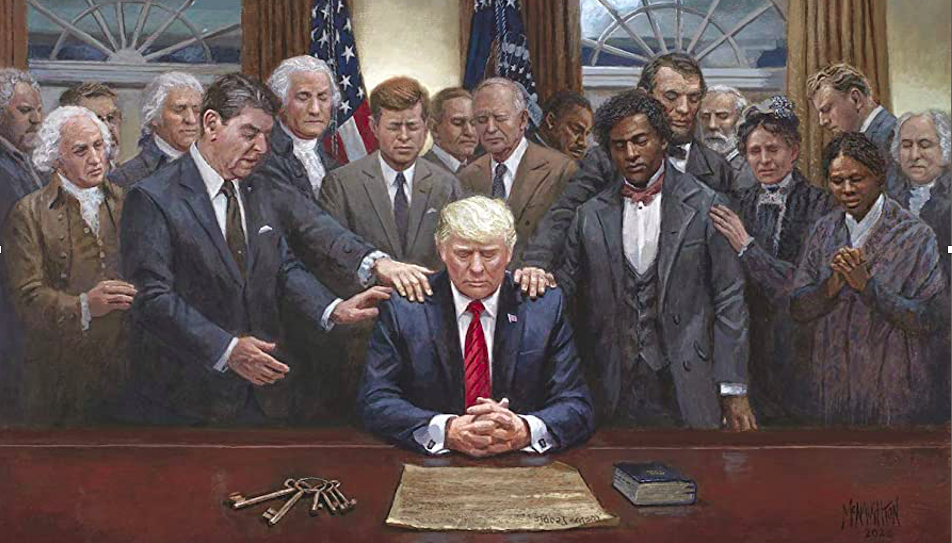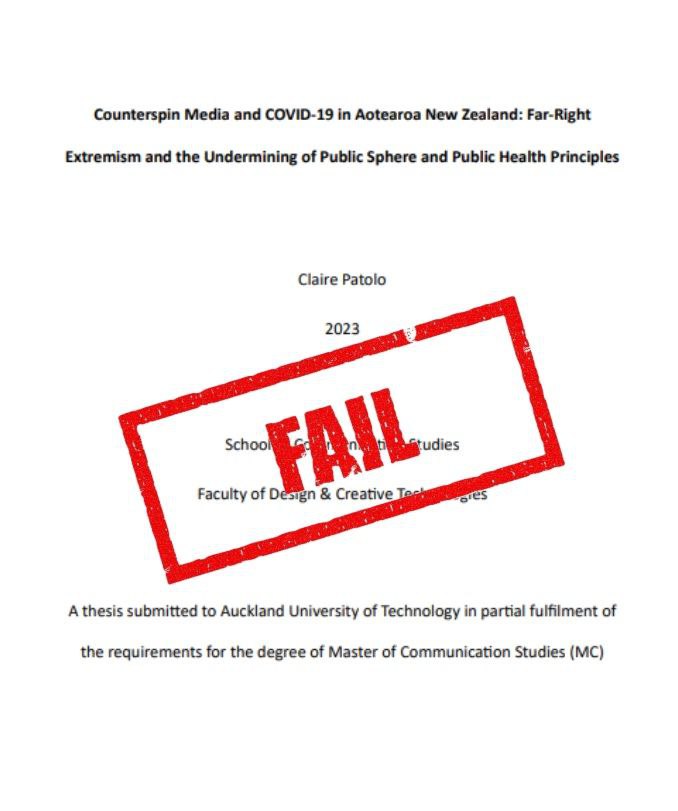
Possible Coalitions After The NZ General Election On October 14th 2023
by Vince McLeod
It’s looking likely that the 2023 New Zealand General Election will be a close-run affair. It’s also looking likely that we won’t know who the next ruling power/coalition of powers will be for several weeks, as we must wait for negotiations to conclude. This article looks at who the next ruling coalition might be.
1. National, ACT, New Zealand First
Seemingly the most likely coalition at time of writing. The received wisdom seems to be that it’s National’s election to lose. This wisdom is the result of National’s relatively high polling – between 36% and 38% recently – and the fact that Winston Peters has previously promised to not work with Labour again.
If National gets 38% of the vote, ACT 9% and NZF 7%, that would give them enough Parliamentary seats to form a by-election proof majority. As of today this seems like the most likely outcome. It would make Chris Luxon the Prime Minister, and could very well collapse quickly on account of squabbling between the nationalist Peters and the globalist David Seymour.
1a. National, New Zealand First with confidence and supply from ACT
This would be the reverse of the 2017 Canterbury Government, with National replacing Labour and ACT replacing the Greens. It appears to be the second-most likely election outcome at time of writing, following the assumption that Peters will keep to his promise of not working with Labour.
This is David Seymour’s nightmare option, even though it appears to be much more stable than outcome 1. If New Zealand First goes past ACT over the next week, and wins more seats on election night, it becomes highly likely. Chris Luxon might prefer this option instead of option 1 in order to avoid the mess of a three-way coalition.
1b. National, ACT
Chris Luxon and David Seymour’s preferred option. A coalition between National and ACT would allow them to go full capitalist without any kind of nationalist handbrake. They could cut as much welfare and import as much cheap labour as they wanted. They could put interest deductability back on landlords’ mortgages and scrap the Fair Pay Agreements.
It seems that many are switching to New Zealand First in the hope that Peters might moderate some of this push towards soulless capitalism. Those switching appear to be coming from both National and Labour. Many centrists appear to now believe that voting for Peters is the only way to prevent Luxon and Seymour from running riot.
2. Labour, Greens, Maori Party
The dreaded “Coalition of Chaos”. The thought of Labour, Greens and the Maori Party working together without the calming reason of Winston Peters evokes all sorts of Communist horrors. Fears of capital gains taxes and wealth taxes – or possibly even private land confiscation – haunt the nightmares of wealthy people the country over.
That’s not all. A Labour, Greens, Maori Party coalition would make co-governance a reality for New Zealand. This could raise racial tensions in New Zealand to American levels. Already we have the Groundswell protests, the Stop Co-Governance tour and a variety of protest parties running for election. A coalition with the Maori Party in it could cause a boilover.
2a. Labour, New Zealand First with confidence and supply from Greens and/or Maori Party
This option appears to be considered the third-most likely by election observers at time of writing. It’s what is likely to happen if Peters decides that he can’t trust the right-wing parties, which would rule out option 1. It’s likely that Labour and New Zealand First would both prefer this outcome to any other left-wing outcome.
It’s the property industry’s nightmare scenario. A repeat of 2017’s Canterbury Government would mean the property industry’s hope of tax deductions for mortgage interest on investments would be gone. It could even mean a mass house-building program, which would relieve the artificial scarcity of housing, destroying profits.
National voters would be outraged, again, if Peters went with Labour again. But just as they couldn’t do anything about it in 2017, they won’t be able to do anything about it if Labour gets 35 seats, the Greens 17 and New Zealand First 9 or more. That would be 61 seats, and that’s enough.
2b. Labour, Greens, Maori Party, New Zealand First
For all the talk about a National/ACT government vs. a National/ACT/NZF one, the 2023 General Election is far from a done deal. It seems to be assumed by the herd that this particular coalition choice is unworkable because Labour has plummeted in the polls and Peters has said that he won’t go into coalition with Labour.
2017 proved to all that elections are won by coalitions of 61 or more seats, not by the party with the most votes. National Party voters were livid in 2017 when Winston Peters chose to go into a coalition with the Labour Party. But Peters reasoned, understandably, that his heavily Maori and working-class white constituency would not be well served by a National government.
That same calculus applies in 2023. In fact, Chris Hipkins is so weak that Peters could even demand that he be the Prime Minister in such an arrangement, otherwise he would go with National. If Hipkins agreed, and National couldn’t match it, then this outcome becomes very likely. It might be a mess, but then again it might not.
3. National, Labour
The “Grand Coalition” has been written about before, and seems more likely with every day that passes. The Leaders’ Debates showed that there is very little difference between the two major parties. Many have asked, therefore: why don’t National and Labour just join forces, and keep the “extremists” in ACT and the Greens out?
This is more likely to happen the more difficult post-election negotiations are. If Peters holds the balance of power again, some will be worried about a repeat of 1996, when negotiations took several weeks. If NZ Loyal or TOP manage to win any seats, those negotiations will be even harder. Difficulties will make Luxon and Hipkins look at each other and see potential alllies.
4. National, Greens
This possibility is certainly unlikely. But if National wins 36% and the Greens win 13%, Luxon might decide that working with the Greens – and chucking them a few bones – could be more stable than a coalition where Peters and Seymour were expected to work together.
This outcome is probably the “Suicide Coalition” from the Greens’ point of view. Throwing their support behind a right-wing government would cause many of their members to abandon the party. Many, if not most, of their voters would be outraged to see Green MPs help the National Party back into power. Hence, this is one of the least likely outcomes.
5. A coalition with/without New Zealand Loyal or TOP
If an outsider party such as New Zealand Loyal or TOP won any seats, all the above calculations go out the window. Even three seats would be enough to have a good chance of holding the balance of power and therefore being able to force some concessions.
If New Zealand Loyal won the balance of power, the grand coalition will truly be on the cards, especially if New Zealand First wins a lot of seats. It’s unclear whether NZ Loyal, who appear to be nationalist alternative centrist, have a preferred coalition partner out of National or Labour. In all likelihood, they will expect to sit outside of government for at least their first term.
If TOP won the balance of power, however, it could be different. Understanding New Zealand 3 revealed the extent to which TOP voters are similar to Greens voters, and those TOP voters would surely be as outraged as the Greens ones to see their party support a right-wing government. A coalition of Labour, TOP, Greens and/or New Zealand First might be possible to keep the Maori Party out.
6. No coalition, new election
Luxon has threatened to take New Zealand back to the polls if he doesn’t get what he wants on October 14. In other words, if negotiations between National, ACT and New Zealand First don’t produce a workable coalition, then we might need to vote again, in the hope that the new vote tallies do produce such a coalition.
This can be comfortably said to be an empty threat, for several reasons. The first is that it would damage market confidence in New Zealand’s stability. The second is that the voters are likely to punish whoever they blame for having to vote again, and Luxon won’t want that to be him. Much more likely that a grand coalition forms in such an instance.
In summary, the 2023 New Zealand General Election appears in foresight to have a greater variety of realistic outcomes than any previous election. A great number of people will be dismayed and appalled by the results.
For more of VJM’s ideas, see his work on other platforms! https://linktr.ee/vjmpublishing
For even more of VJM’s ideas, buy one of his books! https://www.amazon.com/author/vincemcleod
Please pass all Counterspin articles on to those you think would appreciate them but will not come to them without your assistance. We are creating the new world, and it begins with honest human interaction and the sharing of ideas.
-
-
Thursday - October 12, 2023 - New Zealand
(125) - NZ Government
(86) - Politics
(75)




Leave a Comment